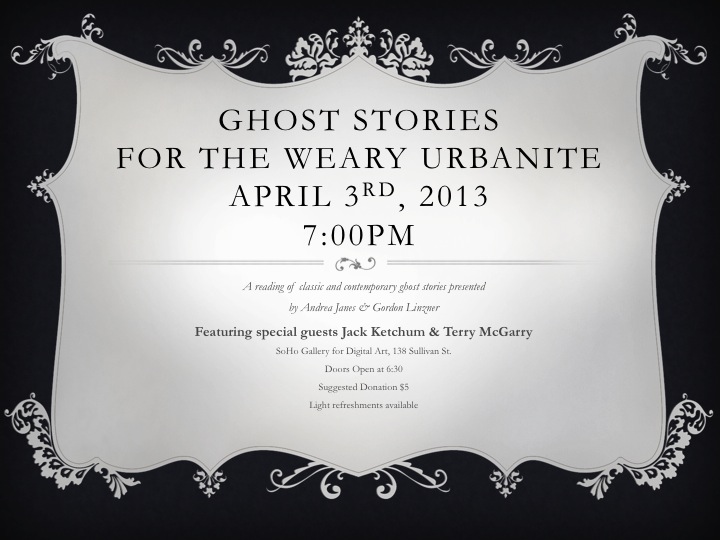Other than one minor disappointment (there was no lantern-light cemetery tour offered on Saturday night; I soothed my sorrow at a nearby tavern), the trip was awesome.
Hymns were wafting out of the Old Dutch Church when I arrived at ten o'clock on Sunday morning. The church itself is beautiful; you can easily imagine the secrets and sights absorbed into its worn stones.
Afraid
of disrupting the service, I was too timid to actually go inside the
church. But the adjacent burial ground was rich enough with delights.
I'm pretty sure the first three words carved onto this stone are "Here Lied Begraven." The text is in Dutch, which is thrilling enough (they spell Jesus with Z!) but I have to say the word "begraven" is kind of amazing. I'd like to start using this word all the time. I'm fairly sure the grave belongs to a woman ("huisvrouw,"
if I've been reading my Knickerbocker correctly, means "housewife" or
"wife") but the only name that appears is that of a man (John Emers). Is
it possible this goodly vrouw is identified only by her
husband's name? Dutch people, help me out on this one. The good woman
died in 1769, and her headstone is wonderfully representative of the
preferred colonial style: its shoulder arches and tympanum are classic
colonial, and the winged death's-head reflects the cheerier, more
cherubic design used at the time, which supplanted the grim, skeletal
carvings preferred in the earlier part of the century. A lovely
headstone.
A
few steps away, I found the grave of our man himself: Washington
Irving. I paused before it to pay my respects to the legacy of the first
genius of American letters, and left a rock atop it. Irving wrote a
number of wonderful spectral tales in addition to the two everybody
knows, as well as history, biography and satire, plus he pretty much
single-handedly saved Christmas.
And, he was a marketing genius. Prior to publishing his History of
New-York, which he released under the pseudonym "Diedrich
Knickerbocker," Irving plastered New York City with posters declaiming
the august historian Knickerbocker "missing," and asking all citizens to
come forward with any news of him, should they find him. Irving even
took out ad space in various newspapers. Naturally, the city was astir
with curiosity, and when "Knickerbocker's" book finally came out a few
weeks later, New Yorkers beat down the doors to get their hands on a
copy. A bestseller was born, and Washington Irving accidentally invented
viral marketing two centuries before such a thing existed.
But of course Irving's masterwork was his Legend of Sleepy Hollow,
and as thrilled as I was to find the author's grave, I have to admit
the biggest frisson of the day came when we drove over the bridge
supposedly referenced in the story. The bridge is just outside the
churchyard gates, and on the day we visited, two volunteers had set up
merchandise tables there. As I seriously pondered buying a pewter
Headless Horseman Christmas tree ornament, the older gentleman volunteer
began speaking passionately about how much he loved the churchyard, and
Irving, and the stories. He quoted some lines from Sleepy Hollow to us:
An
opening in the trees now cheered him with the hopes that the church
bridge was at hand. The wavering reflection of a silver star in the
bosom of the brook told him that he was not mistaken... “If I can but
reach that bridge,” thought Ichabod, “I am safe.”
He looked at us intently and said, "That line always makes my hair stand up."
It
was amazing. This guy was an even bigger Washington Irving fan than I
was. I thanked him warmly and, brimming with inspiration, set off to
visit Sunnyside.
Sunnyside
was designed by Irving himself, and the cottage reflects the writer's
expansive and wide-ranging interests. It has all the architectural
cohesion of a minor explosion, and is curiously charming.
Irving
of course had to throw in a few inauthentic faux-Dutch touches, like
this date, affixed to the western wall of the cottage:
The
funny thing is, no one is really sure what the "1656" refers to.
Obviously it doesn't reflect the date Sunnyside was built, since Irving
bought the land in 1835. Nor does it refer to the original tenant
farmer's cottage that was previously on the site (it was built in the
1690s). I asked the guide and he surmised Irving just wanted to add an
old-timey touch to the place. It seems the great writer left us one last
mystery. Or, knowing the author's whimsical sense of humor, one last
joke.

















